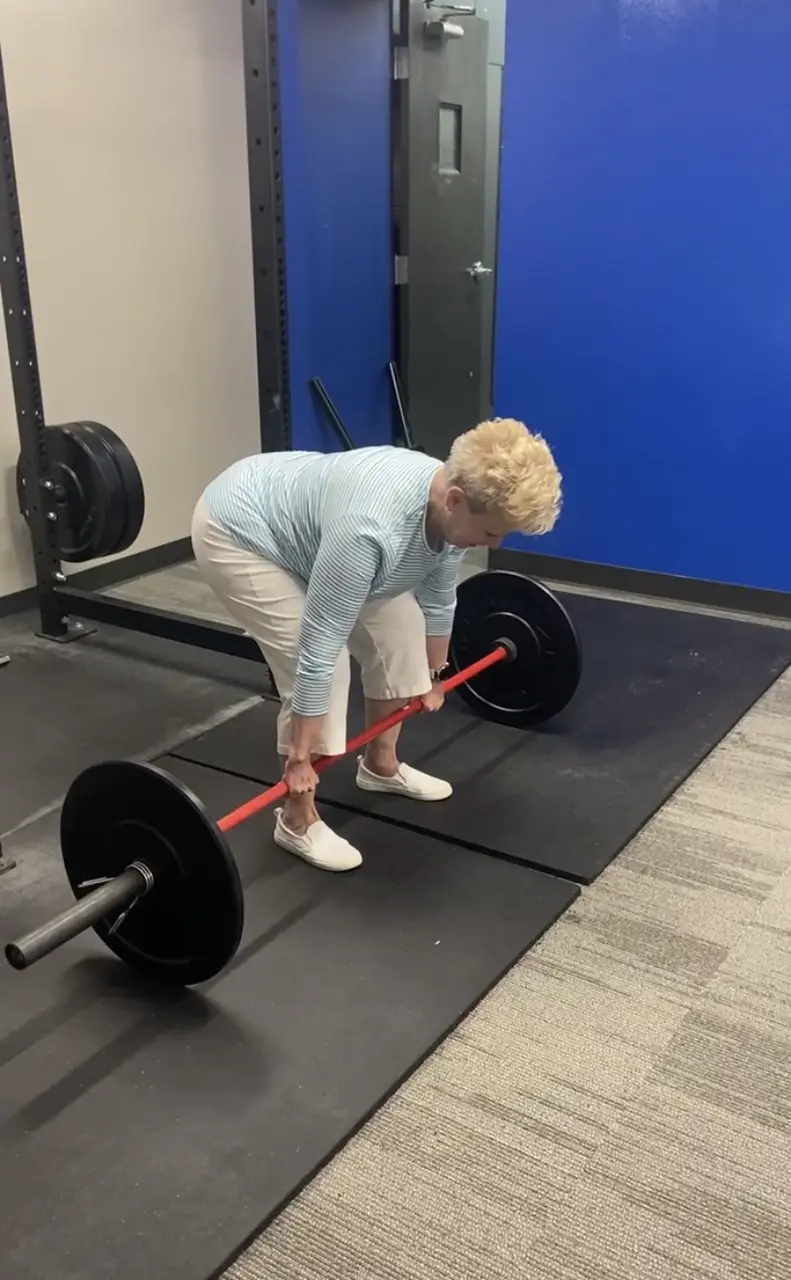ProActive Physical Therapy & Wellness | Louisville, KY
At ProActive Physical Therapy and Wellness, we specialize in helping you regain strength, mobility, and confidence after injury. Whether you’re recovering from surgery, dealing with chronic pain, or looking to improve mobility, our Louisville-based physical therapists use science-backed techniques to ensure optimal recovery.
If you’re searching for physical therapy in Louisville, KY, this guide will walk you through the top rehabilitation strategies our therapists use to help patients heal faster and prevent future injuries.
1. Functional Exercise for Real-Life Strength
One of the most effective physical therapy strategies is functional exercise, which mimics real-life movements to restore mobility and prevent re-injury. These exercises ensure that the strength gained during therapy translates into daily activities, making tasks like walking, climbing stairs, or carrying groceries easier and safer.
For many patients, regaining independence is the ultimate goal. Functional exercises focus on compound movements that engage multiple muscle groups, helping rebuild coordination and endurance. Squats, lunges, and step-ups are commonly incorporated into therapy plans to enhance lower-body strength and stability, while core stabilization exercises improve posture and balance. By simulating real-world motions, patients not only rebuild strength but also gain the confidence to move freely without fear of injury.
At ProActive Physical Therapy & Wellness in Louisville, we tailor these exercises to your specific needs, ensuring your recovery is both practical and effective.
2. Manual Therapy for Pain Relief & Mobility
Hands-on therapy techniques such as joint mobilization, soft tissue manipulation, and myofascial release are powerful tools in relieving pain and improving flexibility. Manual therapy works by breaking up scar tissue, increasing circulation, and reducing stiffness in affected muscles and joints.
For individuals recovering from surgery or dealing with chronic pain, manual therapy provides a non-invasive way to restore mobility. Techniques such as trigger point therapy target knots and tight areas within muscles, alleviating discomfort and allowing for smoother movement. Additionally, joint mobilization improves range of motion by gently stretching and manipulating restricted joints.
By integrating manual therapy into a personalized rehabilitation program, patients experience a noticeable decrease in pain and improved physical function, making it easier to engage in strengthening exercises and daily activities.
3. Aerobic Conditioning to Boost Recovery
Cardiovascular fitness plays a crucial role in rehabilitation by improving blood flow, stamina, and overall endurance. Low-impact aerobic activities support recovery by delivering oxygen-rich blood to injured tissues, speeding up the healing process.
Patients recovering from surgery, chronic pain conditions, or neurological disorders benefit significantly from structured aerobic conditioning. Walking on a treadmill, cycling, or swimming are commonly used to safely increase heart rate without excessive strain on the joints. Not only do these activities enhance endurance, but they also help regulate weight, improve mood, and boost overall well-being.
At ProActive Physical Therapy & Wellness, we create customized aerobic programs tailored to each patient’s fitness level, ensuring safe and steady progress.
4. Balance & Coordination Training to Prevent Falls
For seniors and those recovering from injuries, maintaining balance and coordination is critical to preventing falls and regaining confidence in movement. A lack of balance can stem from muscle weakness, neurological issues, or reduced proprioception—the body’s ability to sense its position in space.
Balance training often includes single-leg stance drills, dynamic stabilization exercises, and proprioceptive training using balance boards and foam pads. By progressively challenging a patient’s stability, we improve their ability to react to sudden shifts in movement, reducing the likelihood of falls. Core strengthening is also a key component, as a strong core provides the necessary foundation for controlled, balanced movements.
Our expert physical therapists help patients gradually build confidence in their ability to walk, stand, and navigate uneven surfaces safely, enhancing their overall independence.
5. Neuromuscular Re-Education for Efficient Movement
After an injury, the connection between nerves and muscles can weaken, leading to improper movement patterns and compensation strategies that can cause further issues. Neuromuscular re-education helps retrain the body to move properly, ensuring long-term recovery.
This therapy includes specialized techniques such as electrical stimulation to activate weak muscles, gait retraining for proper walking mechanics, and targeted resistance exercises to rebuild coordination. Patients recovering from neurological conditions, such as stroke or nerve damage, particularly benefit from neuromuscular re-education as it helps restore motor function and control.
By refining movement patterns and reinforcing proper muscle activation, we help patients regain strength and efficiency, preventing further strain on vulnerable areas.
6. Patient Education for Long-Term Success
Sustaining progress after therapy requires patients to understand how to manage their own recovery. Education is one of the most valuable aspects of physical therapy, empowering patients with the knowledge to prevent future injuries and maintain mobility.
At ProActive Physical Therapy, we teach patients how to incorporate proper posture, movement techniques, and therapeutic exercises into their daily routines. Understanding how to recognize early signs of strain or overuse can prevent setbacks and keep individuals active for the long run.
We also emphasize lifestyle modifications such as ergonomic adjustments, weight management strategies, and stress reduction techniques to support long-term health. By equipping patients with these self-care tools, we ensure that their progress extends far beyond the clinic.
7. Posture & Ergonomics for Pain-Free Living
Poor posture is a leading cause of chronic pain, muscle strain, and mobility issues. Many patients don’t realize how daily habits—such as prolonged sitting, improper lifting techniques, or sleeping positions—can contribute to discomfort over time.
By assessing each patient’s posture and identifying problematic habits, our physical therapists develop personalized solutions to promote spinal health. This includes adjustments to workstation setups, strengthening exercises for core stability, and proper lifting mechanics to reduce strain on the back and joints.
Incorporating simple ergonomic changes into everyday life can make a significant difference in preventing musculoskeletal pain and maintaining long-term mobility.
8. Mind-Body Techniques for Holistic Healing
Physical recovery is not just about regaining strength—it also involves mental and emotional well-being. Stress, anxiety, and poor sleep can all hinder the body’s ability to heal. Integrating mind-body techniques into therapy enhances both physical and mental recovery.
Deep breathing exercises, meditation, and guided relaxation techniques help reduce muscle tension and promote a sense of calm, which can be especially beneficial for patients experiencing chronic pain. Additionally, yoga-based therapy improves flexibility, balance, and core strength, while encouraging mindfulness and body awareness.
By addressing both the physical and psychological aspects of healing, we ensure that our patients experience comprehensive and lasting recovery.




